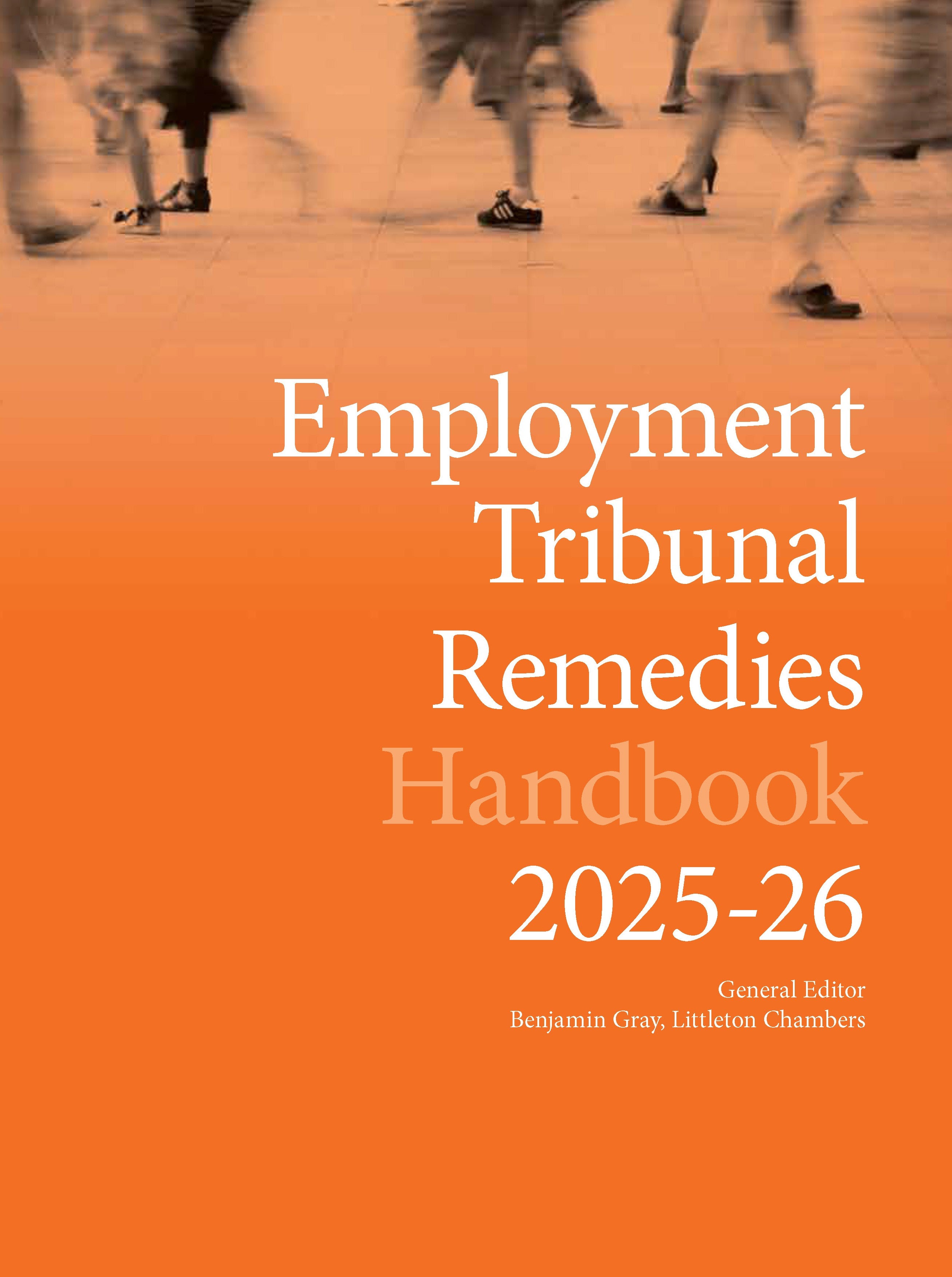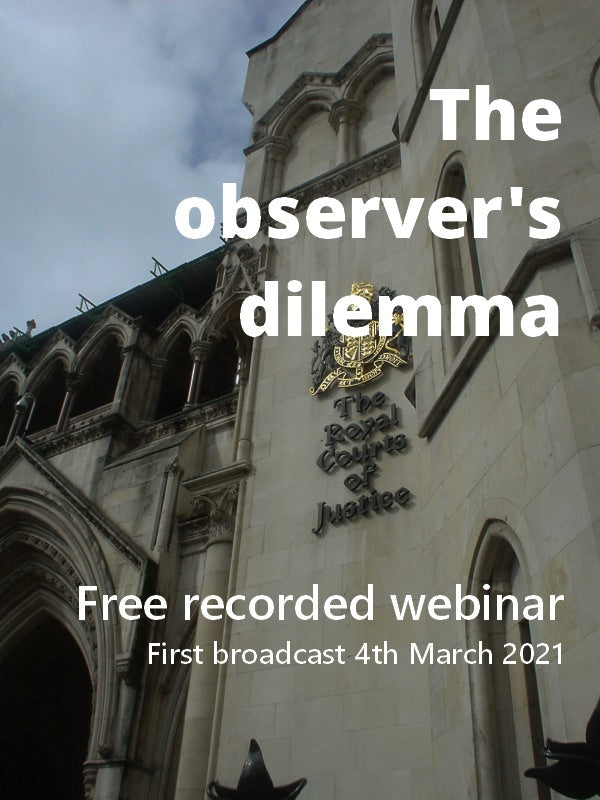This blog post is one of a series of extracts from Insolvency Law Made Clear: A Guide for Debtors, the plain English, practical guidance for anyone facing demands over a debt they are struggling to pay.
-------------
A less commonly used alternative to serving a statutory demand is proving that the creditor has a judgment in their favour and execution of that judgment has returned unsatisfied in whole or in part. It is common for creditors to have judgments in their favour. These creditors are also likely to try to enforce their debt, for example by sending round a bailiff (or a High Court Enforcement Officer) whose role is to seize goods or repossess property. If the bailiff is successful, they will be able to sell these goods on to satisfy the debt. If the bailiff is unsuccessful, either because there is nothing to take, or because the assets were not worth the full amount, then they can provide a witness statement to that effect and this proves the insolvency of the debtor under s268(1)(b) of the Act.
This route has the advantage to the creditor of cutting through the need to issue a statutory demand and risk a set aside application. Nonetheless, this route is less commonly relied on by creditors in insolvency proceedings. This is partly due to the speed and ease of using a statutory demand. It is also because a mere visit by a sheriff and a report of their inability to gain access is insufficient: the sheriff must make a serious attempt to execute the debt. The court treats this process extremely cautiously and is reluctant to waive mistakes (‘cure defects’).
For an illustration, in Re Debtor (No. 340 of 1992) [1996] 2 All E.R. 211 the debtor owed the creditors £910,071. A sheriff twice visited the debtor’s home, but he found no one at home and so he was unable to gain access. The sheriff certified that his writ was unsatisfied in whole, but the sheriff had failed to ‘levy execution’, i.e. to see if there were any goods which could be sold, and if there were then to sell them. It was not said that the debtor had any goods of that high a value sitting in his house. This means that it was not disputed that, if the sheriff had managed to access the property, he would have been unable to levy execution.
Nonetheless, since the sheriff had not gained access, the statutory condition was not met. However, the court held that it had no power to waive the failure to meet the requirements of the Act. As a result of failing to gain entry, there was no presumption that the debtor was unable to pay their debts.
------------
Read more and buy the book here.

























